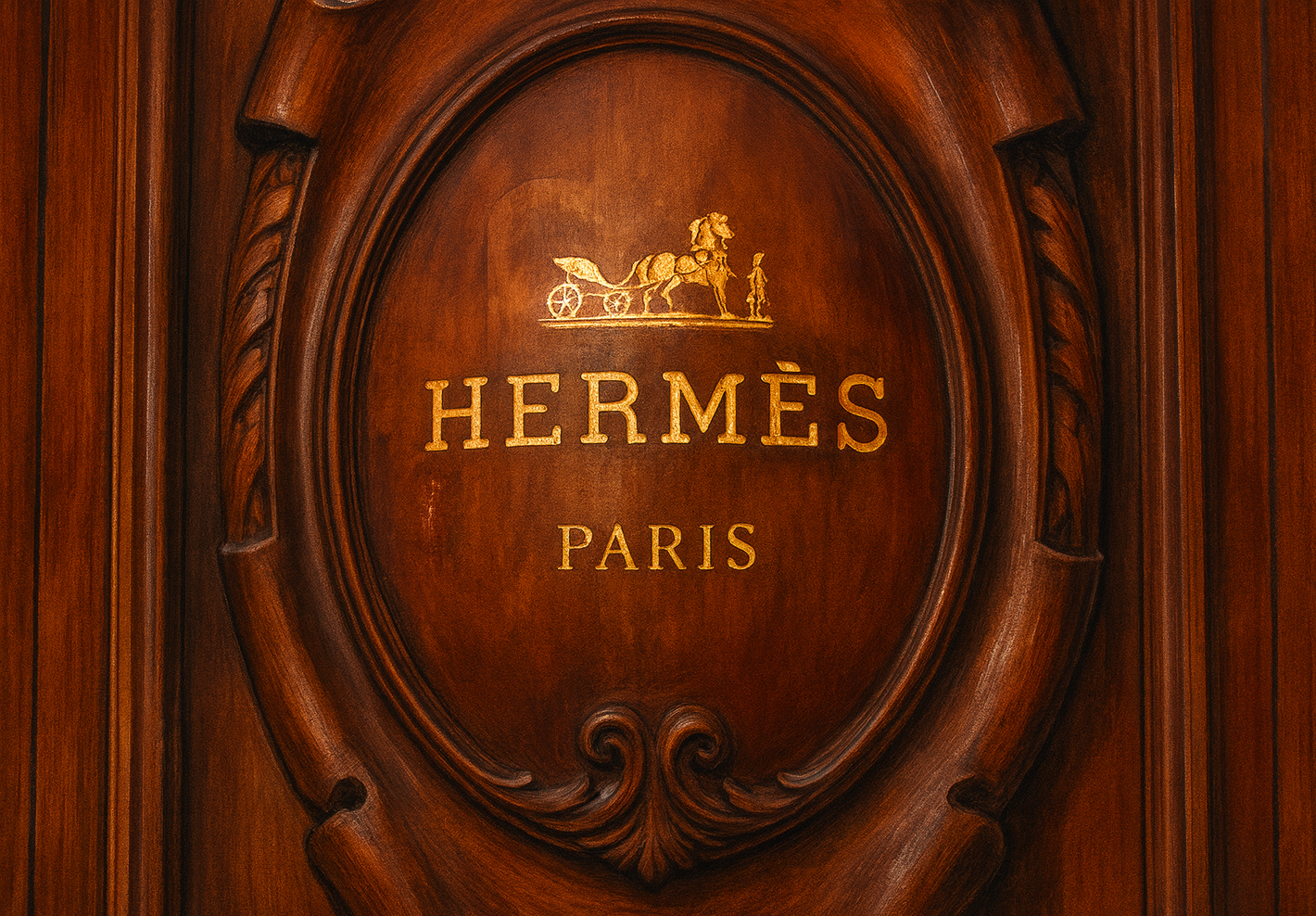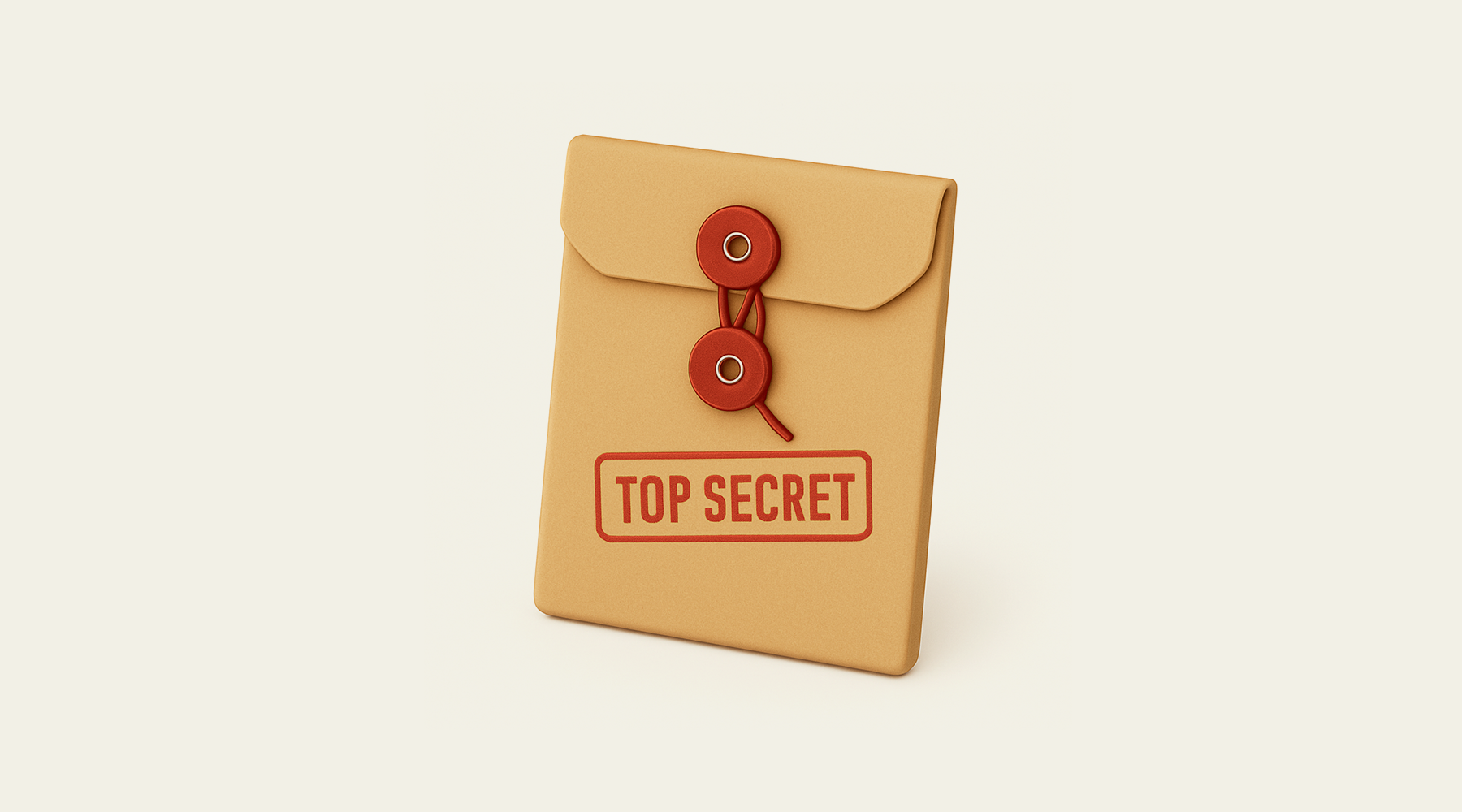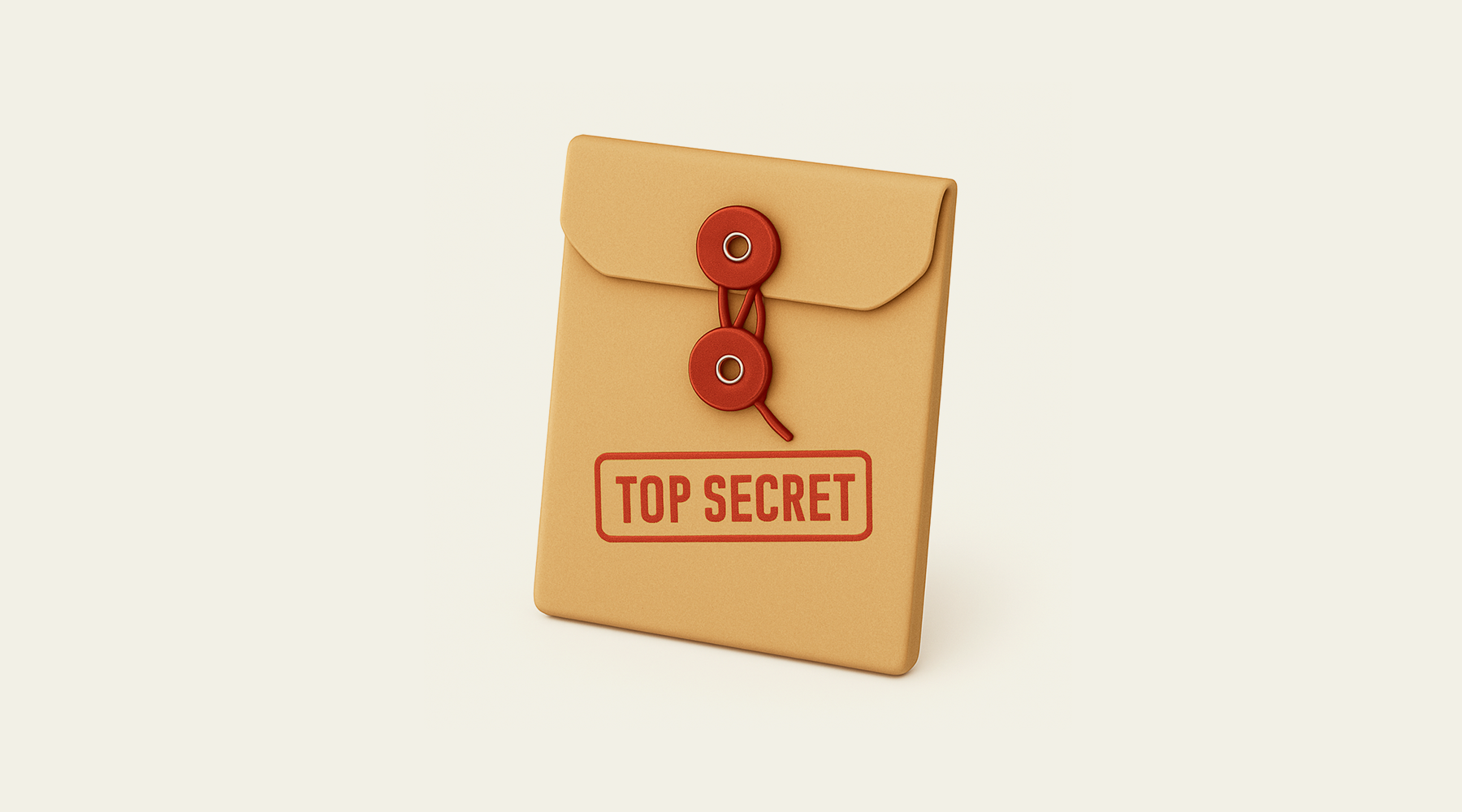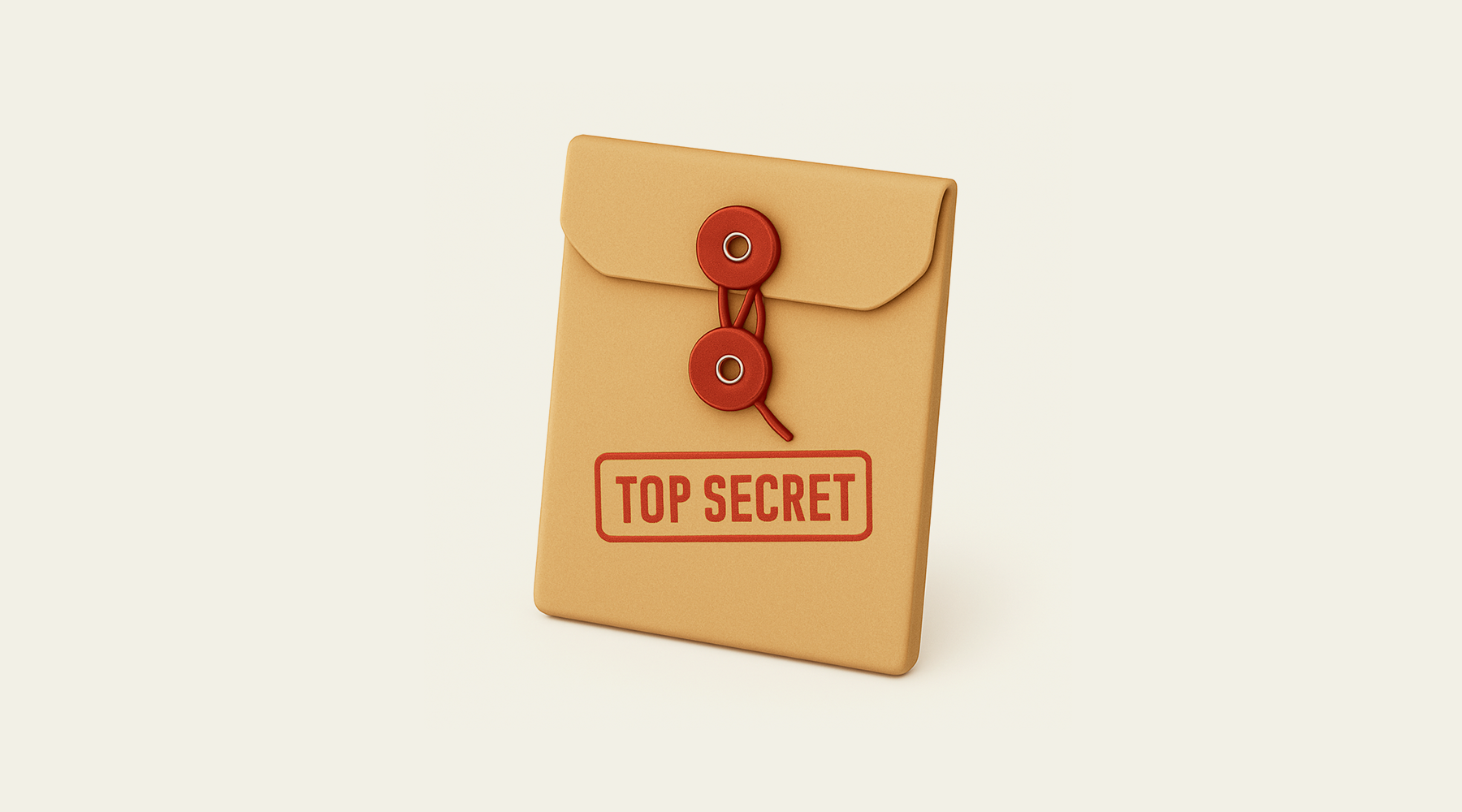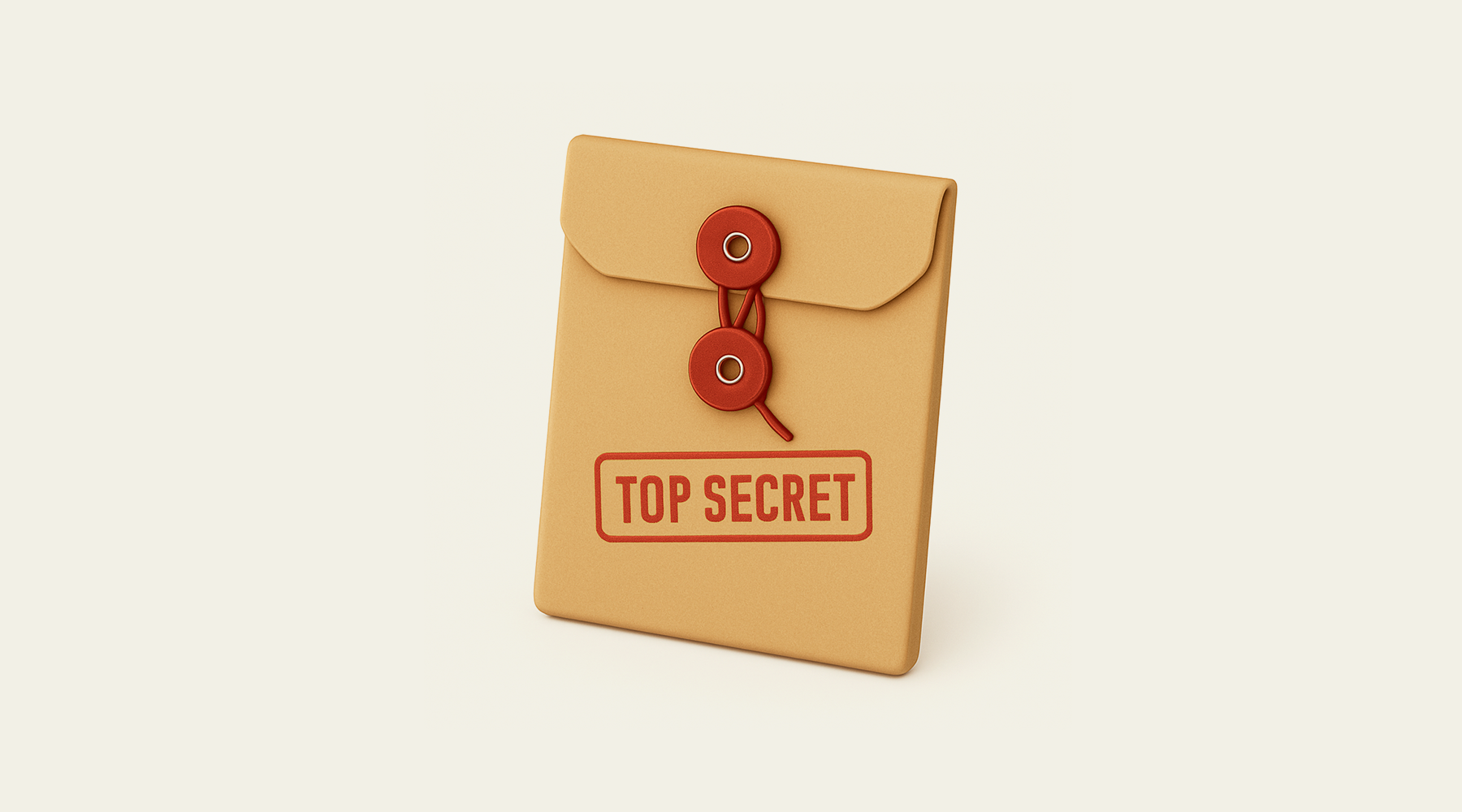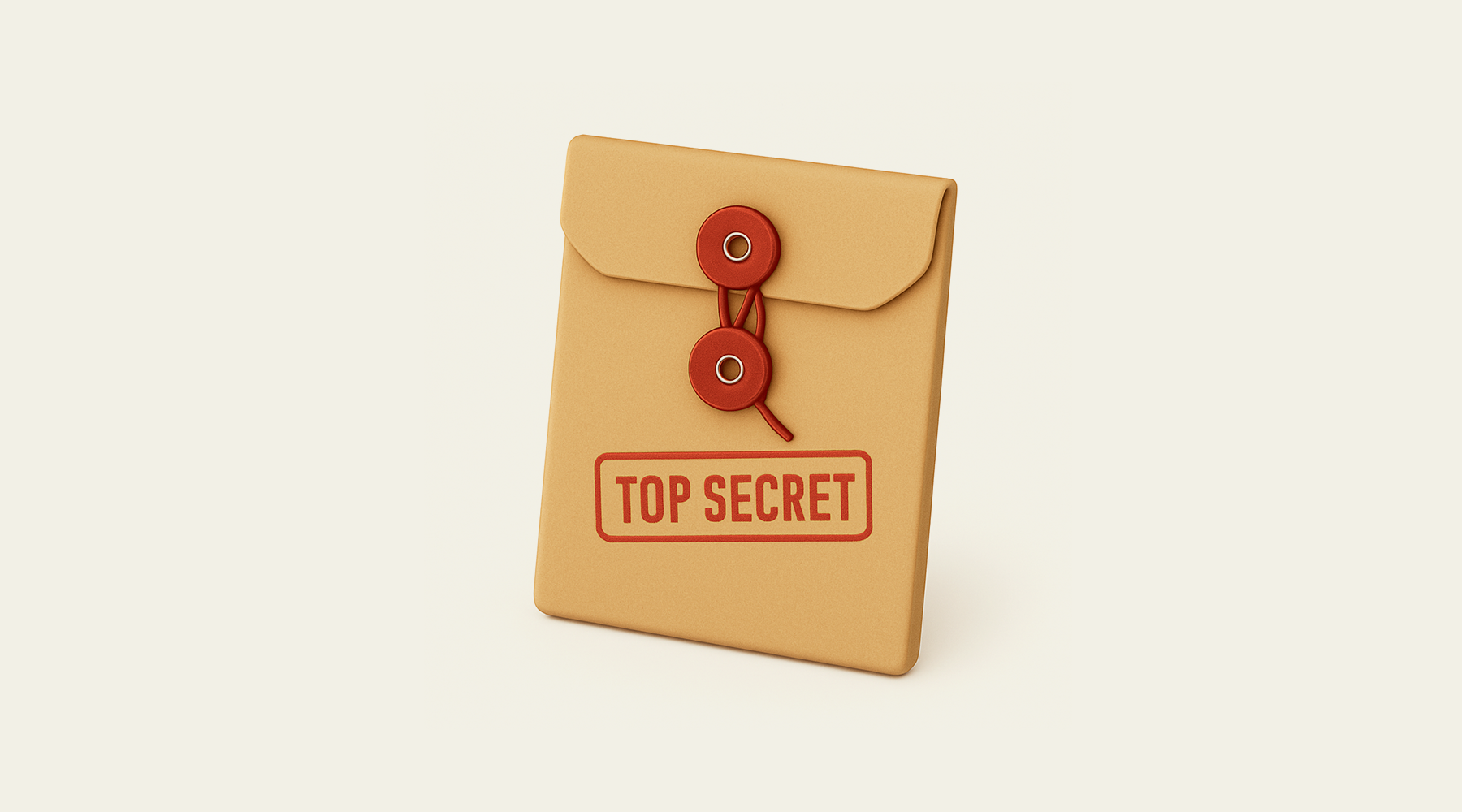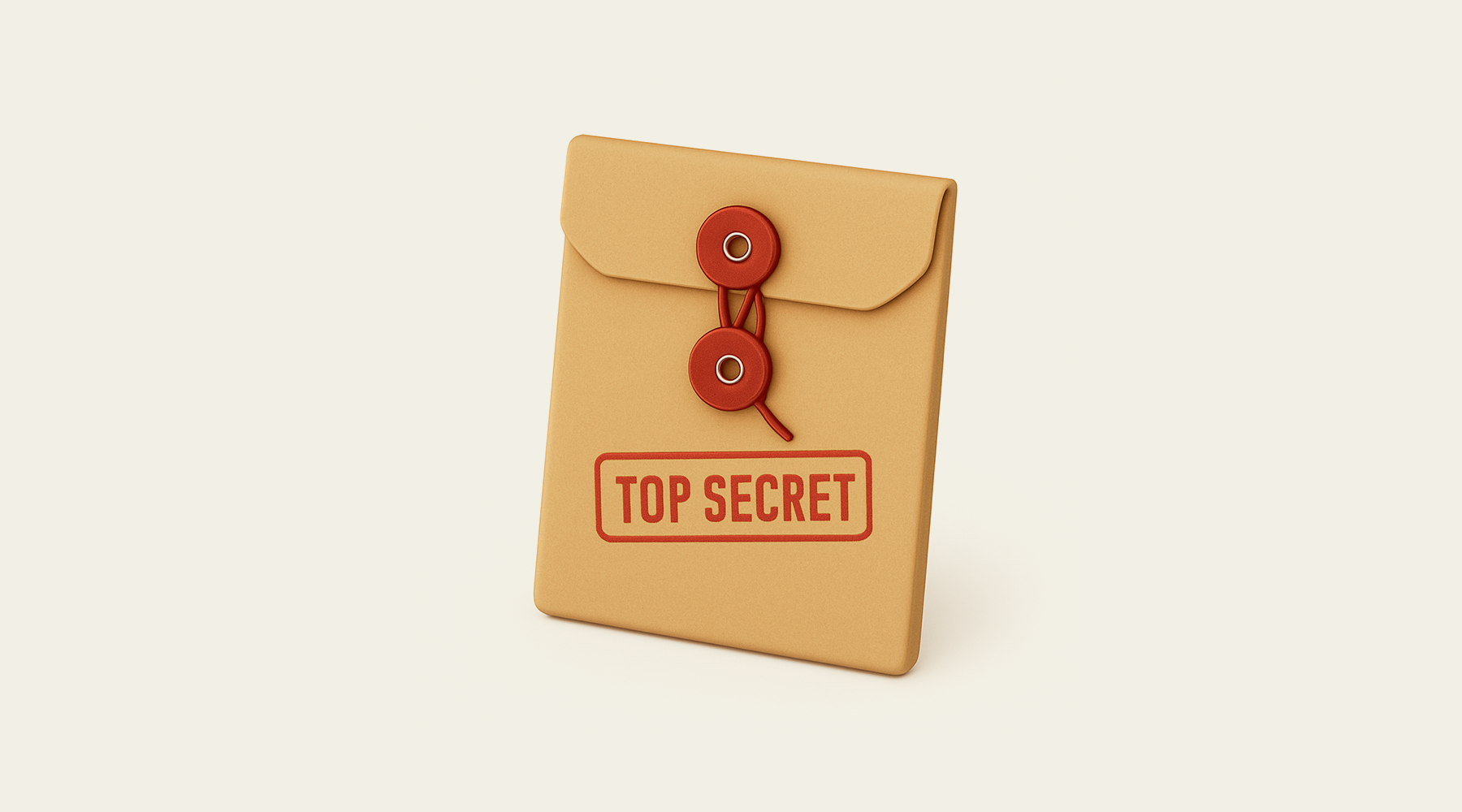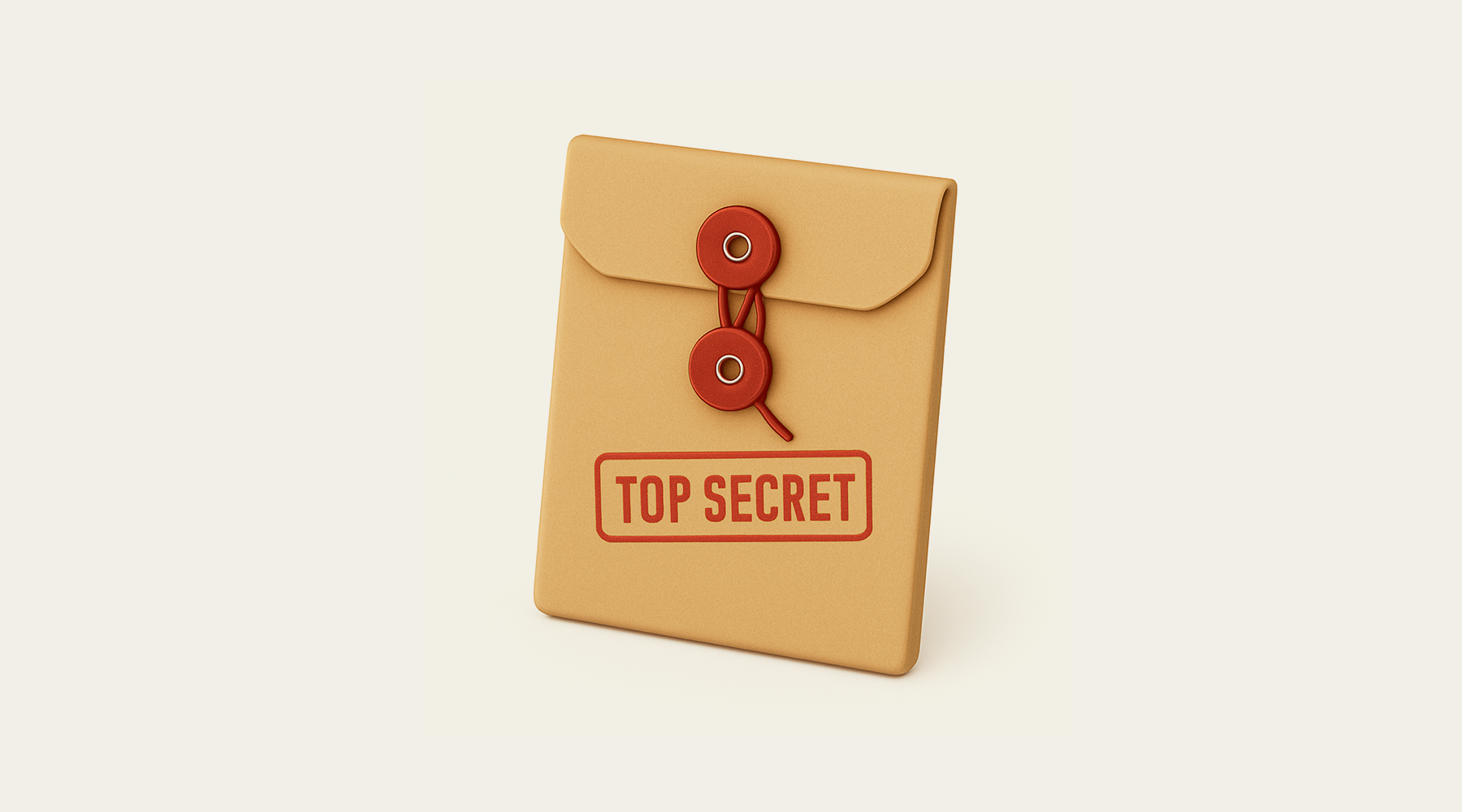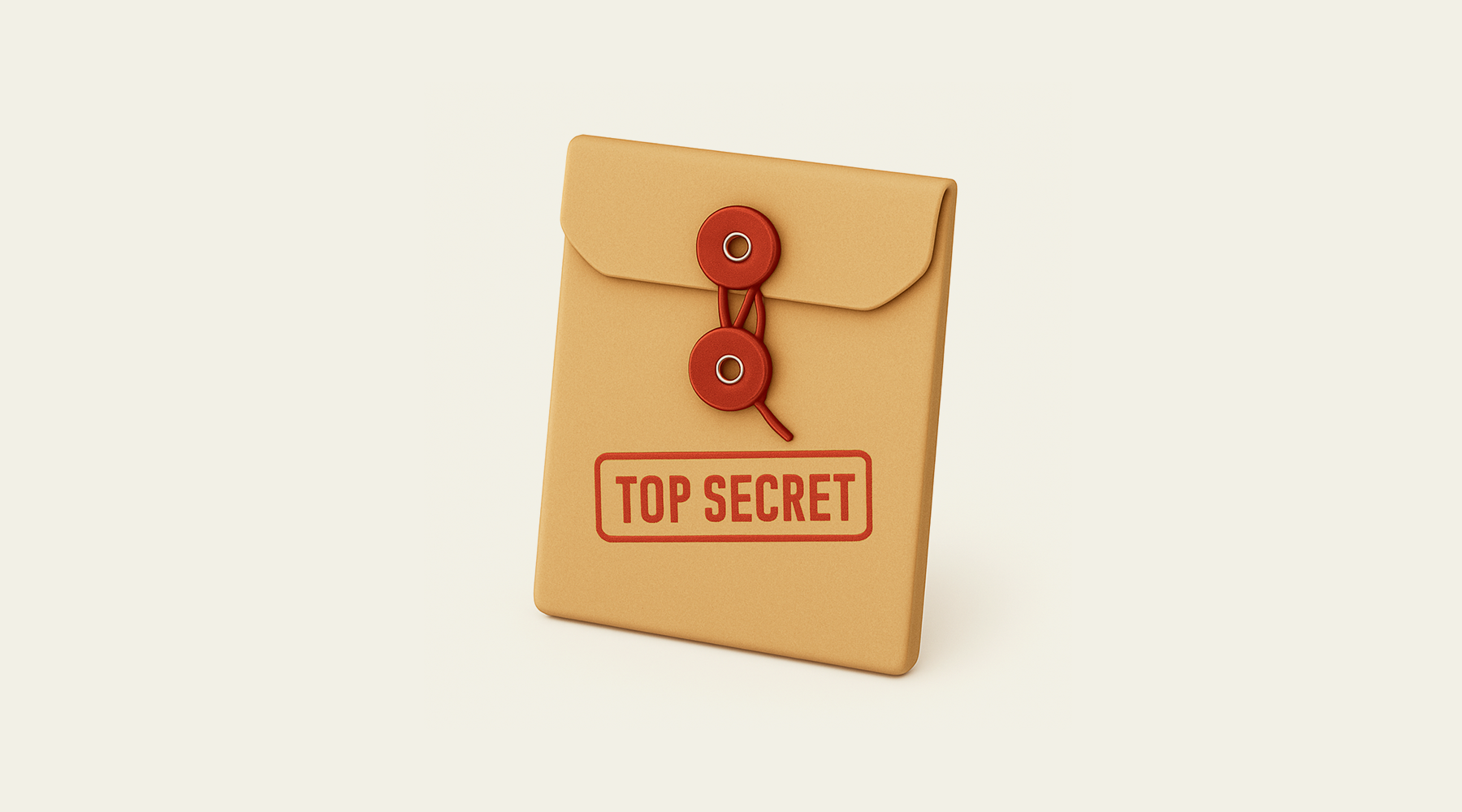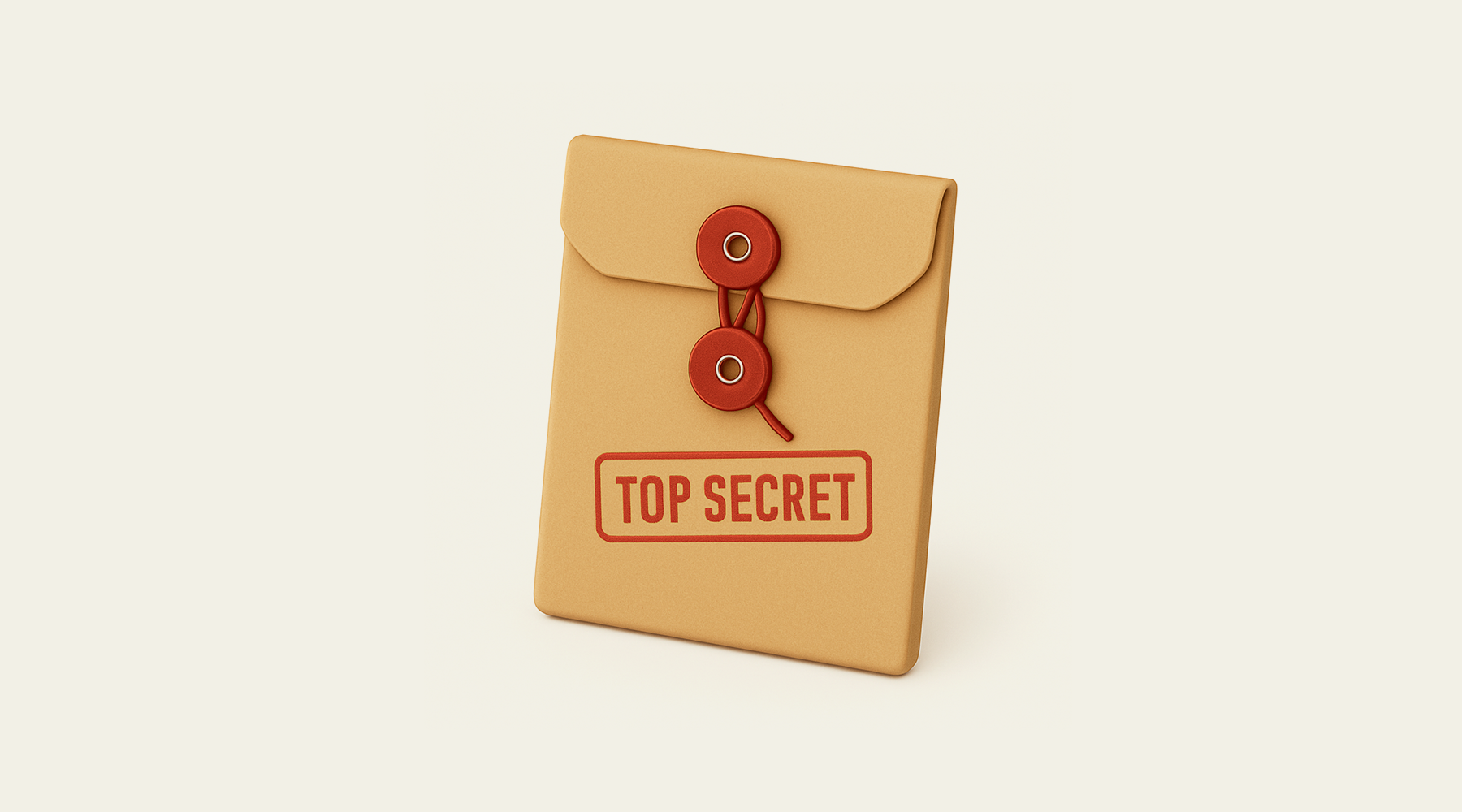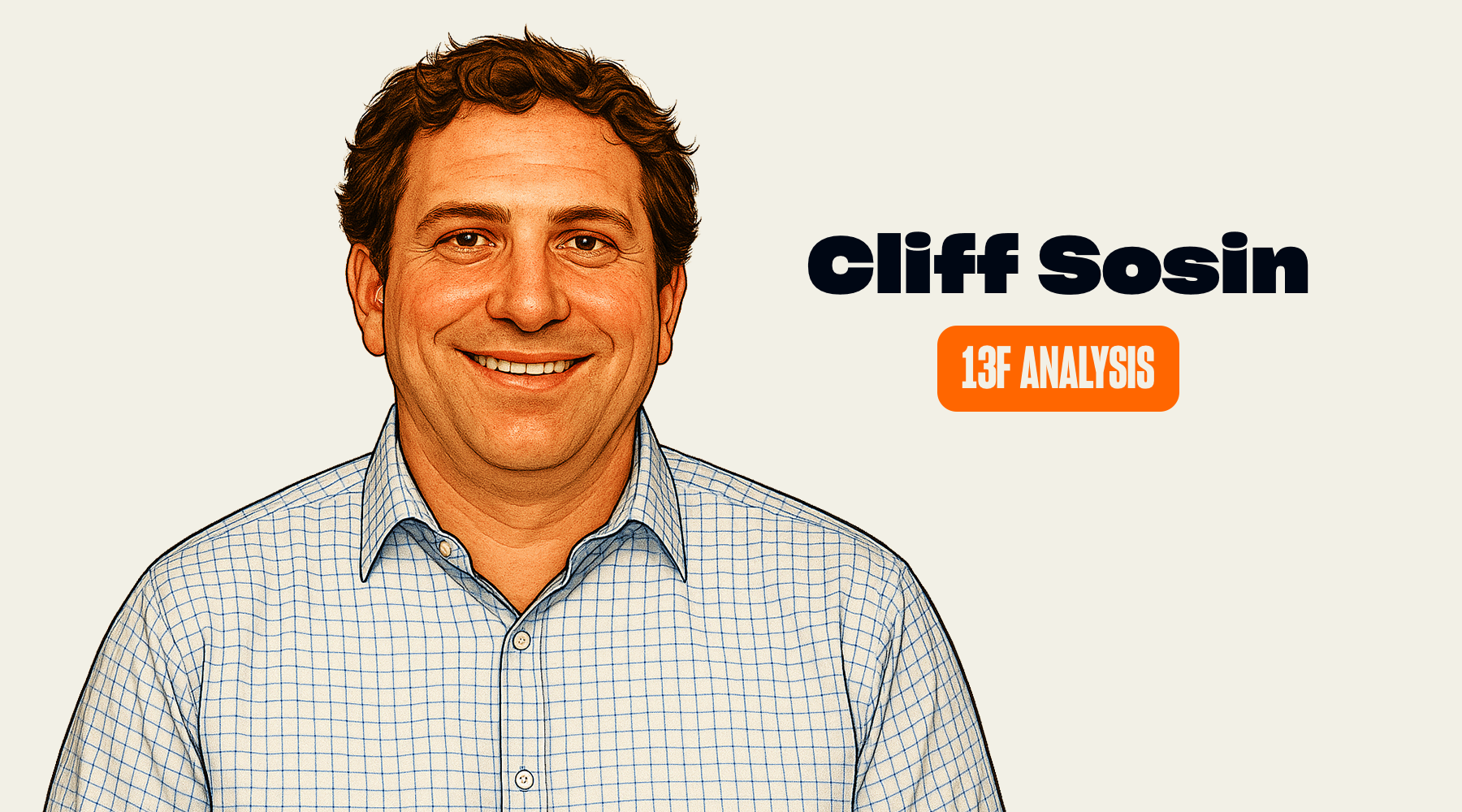Executive Summary: The Five-Minute Version
Start with the paradox—the thing that shouldn't be true but is. Hermès generates €14 billion in revenue and 40% operating margins by refusing to sell you their products. In an industry where every competitor races to meet demand, automate production, and maximize distribution, they've built a €230 billion market cap company by doing exactly the opposite.
Here's what matters:
- The business model: One craftsman makes one handbag by hand over 20 hours, sold for $12,000-$100,000, but you can't actually buy one—you wait years for the privilege
- The moat: They employ 7,000 of the world's remaining leather craftspeople, training them for 2-5 years before they can make a single bag
- The numbers: 71% gross margins, 44% operating margins, prices that appreciate 7% annually, products that resell for 3-4x retail
- The lesson: In a world obsessed with scale and efficiency, the ultimate luxury is deliberate constraint
The Impossible Business Model
Picture this: You walk into the Hermès store on Madison Avenue with $20,000 cash, ready to buy their famous Birkin bag. The sales associate smiles politely and offers you a silk scarf instead. The bag you want? It doesn't exist. Not for you. Not today. Maybe not for years.
The conventional wisdom says maximize production when demand exceeds supply. Every MBA program would tell you to capture consumer surplus, expand distribution, embrace technology. And yet Hermès does exactly the opposite—and generates €5.7 billion in operating income as a result.
Here's the thing most people miss: the constraint isn't a bug, it's the entire business model.
Part I: How Hermès Actually Makes Money
The Core Engine
Let's strip away the mythology and look at the machine itself. Hermès generates €14 billion in annual revenue, but the way they get there violates most of what you learned in business school.
Start with the basic transaction. A customer wants a Birkin bag. In any normal business, here's what would happen: take the order, fulfill demand, maximize throughput. But Hermès does something different. They make you wait. Not because they're processing orders—because the bag literally doesn't exist yet.
The math works like this: Each Birkin generates $12,000-$100,000 in revenue. The true cost—and I mean the all-in cost including the leather, the craftsman's salary, the two-year training—is perhaps $3,000-$5,000. That leaves them with an 80% gross margin on their flagship product, which in the luxury business is actually standard. What's not standard is what happens next.
While competitors chase volume—Louis Vuitton sells 40 million handbags in Japan alone—Hermès produces just 120,000 Birkins and Kellys globally per year. This is why the secondary market for a Birkin starts at 2x retail and can reach 4x for rare pieces. When Victoria Beckham's collection of 100+ Birkins is worth over $2 million, you realize: Hermès deliberately prices below market-clearing.
The Revenue Architecture
Hermès's €14 billion in revenue isn't one business—it's 16 interconnected métiers that reinforce each other in ways that aren't obvious from the outside.
The biggest chunk, 43%, comes from leather goods. You'd expect this to be commoditized by now, but Hermès maintains 80%+ margins here because every bag is made by a single craftsman from start to finish. The average Birkin takes 20 hours of handwork. When former Gucci CEO Domenico De Sole tried to compete directly, he discovered you can't just hire craftspeople who know this technique—Hermès employs essentially all of them.
The second stream—and this is the one analysts usually miss—is ready-to-wear at 27% of revenue. It only generates perhaps 20% margins, but it drives store traffic and gives customers something to buy while they wait years for a bag. When you can't get your Birkin appointment, you buy a $2,000 sweater as consolation.
Silk and textiles, once 55% of revenue in 1988, now represents just 7%. But here's what's brilliant: those scarves that sell for $500 cost perhaps $50 to make, even with hand-screening that requires 20 different masks for 20 colors. They're the gateway drug—half of new online customers start with silk.
Margin Analysis: The Numbers That Shouldn't Exist
In 2023, Hermès reported a 44% operating margin. Let me put that in context. The average luxury company runs at 20%. The best performers—companies like Ferrari—might hit 25% in a good year.
Hermès has maintained above 35% for two decades.
How? It starts with gross margins at 71%, already 10 points above industry average. This isn't because they charge more—a Chanel bag costs the same. Instead, they've turned rejection of efficiency into efficiency itself.
They spend just 4.5% of revenue on marketing versus LVMH's 12%. They don't pay celebrities—stars buy their products at full price. They have no marketing department. As current CEO Axel Dumas says, they believe everyone at the company is responsible for marketing. When Jane Birkin or Grace Kelly chooses to carry your bag, that's worth more than any campaign.
The Strategic Moat Quantified
Every business school case study asks the same question: What prevents copying? With Hermès, the answer isn't what you'd expect.
The obvious moat is heritage—187 years of history dating to 1837. And yes, that matters. But the real moat is their monopoly on craft labor. They employ 7,000 master craftspeople in France. To make that number meaningful: they hire 500 new craftspeople annually, and it takes 2 years to train them before they can make a simple bag, 5 years before they can touch a Birkin.
Here's proof: In 2010, LVMH's Bernard Arnault—the world's richest man—spent 9 years secretly accumulating 23% of Hermès. He had unlimited capital, owned dozens of luxury brands, understood the industry better than anyone. The result? The family pooled their shares into a holding company, locked them up for 20 years, and forced him to sell. Even Arnault couldn't crack this model.
Why did he fail? Because Hermès's real advantage isn't brand or heritage—it's the complete integration of design, production, and distribution. You can't copy one piece without copying all of it. And you can't copy all of it because the craftspeople literally don't exist outside their workshops.
Part II: The Strategy Nobody Else Can Execute
The Anti-Playbook
If you were teaching a business school class on luxury, you'd tell students to: maximize global distribution, leverage celebrity endorsements, optimize pricing to market-clearing levels, and scale production efficiently. Hermès does none of these things.
Instead of maximizing distribution, they operate just 300 stores globally versus Louis Vuitton's 500+. This costs them billions in potential revenue but maintains scarcity. The trade-off only makes sense if you're optimizing for price appreciation instead of volume.
Rather than celebrity endorsements, they have a firm rule: no brand ambassadors. When Cardi B or Beyoncé carries a Birkin, they bought it themselves—usually after waiting like everyone else. This saves 8% of revenue that competitors spend on endorsements while creating authentic advocacy.
Consider pricing: a Kelly bag costs roughly the same ($8,000) as it did in the 1950s, adjusted for inflation. They raise prices just 7% annually—barely above inflation. Any economist would say they're leaving money on the table. But that discipline is why a 1960s Kelly sells for $25,000 today. They're not selling handbags; they're selling appreciating assets.
Value Chain Revolution
The traditional luxury value chain looks like this: design in Milan or Paris, source leather from Brazil, manufacture in Vietnam, assemble in Italy for the "Made in Italy" label. Total cost: $500. Time to market: 6 weeks. Gross margin: 60%.
Hermès rebuilt the entire chain. They own their leather suppliers, train their own craftspeople, make everything in French ateliers. They moved training in-house, eliminated outsourcing, and somehow convinced customers to wait years. The result: Cost: $3,000. Time: 2 years. Gross margin: 71%.
But here's the genius part—customers actually prefer it this way because waiting creates anticipation, scarcity creates value, and handcraft creates soul.
Competitive Dynamics: The Graveyard of Attempts
Since 2000, at least a dozen companies have tried to replicate Hermès's model. The casualty list reads like a who's who of luxury:
Michael Kors spent $2 billion building accessible luxury. They assumed the market wanted Hermès style without the wait. The brand peaked in 2014 and lost 75% of its value.
Coach tried to go upmarket with $5,000 bags. They copied the craftsmanship story, hired artisans, built ateliers. But without 187 years of heritage, customers wouldn't pay the premium. They retreated to the $500 price point.
The pattern is always the same: Competitors see 40% margins and think they understand the model. They copy the high prices and scarcity. They miss that scarcity without heritage is just poor availability. And they discover too late that you can't manufacture 200 years of history.
Part III: The Mind of a Sixth-Generation CEO
Axel Dumas: The Philosophy of Constraint
In a rare 2019 interview at ESSEC Business School, Axel Dumas, sixth-generation CEO of Hermès, laid bare the philosophy that drives the company's impossible success. His insights reveal why Hermès works—and why it can't be copied.
On strategy itself, Dumas is crystalline: "Every decision we make has got some trade-off. Strategy is accepting that you are doing something better than the other, and the other is doing something better than you. You have to pick your fight. I'm always a little bit disappointed when I see someone on my team say that we do everything at the same time. That doesn't happen in real life."
This isn't corporate speak. When demand exploded for a $150 canvas beach bag in Japan, flying off shelves faster than they could produce them, Dumas didn't celebrate. He destroyed the entire inventory. "We went to the Board and reported this," he recalls, "and the Board gave us a standing ovation."
The Freedom Paradox
When asked about Hermès's core values, Dumas surprises: "We have 82 values, all important. I can't remove one because it's very important to some key member of Hermès." But then he identifies the meta-value that makes this chaos work: freedom.
"Freedom of talk—we are quite straightforward. Freedom of thinking—there are no taboos. But two freedoms are different than other companies: freedom of creation and freedom of buying. We have no marketing department. We let our creators be completely free. Every store manager designs what products will be in their store."
This radical decentralization shouldn't work. As Dumas admits, "Every analyst says this is irrational." Yet it's precisely this irrationality that competitors can't copy. How do you replicate organized chaos?
The Craftsman CEO
Unlike his counterparts at LVMH or Kering, Dumas didn't helicopter into leadership from McKinsey. He spent five years as a teenager learning saddle-stitching in Hermès workshops. "When I was 14, I thought we were stupid to keep the zipper business exclusive to Hermès—zippers would be a much better business than bags!"
This apprenticeship shapes everything. When discussing growth, he doesn't talk about market share or digital transformation. He talks about people: "We can't hire from competitors—they don't do the same job as us. We go to rural France where there's unemployment. We train them for two years. Above 300 people, it's not a workshop anymore—it's a factory."
The constraint is absolute: "We hire 500 craftsmen per year. We cannot train them faster. So the question is not how fast we want to grow, but how fast we can grow."
The Long Game
Perhaps most revealing is Dumas's perspective on time. When analysts ask about quarterly targets, he responds with decades: "The family looks 40 years down the road. The people in their 60s and 70s—this is the asset they want to pass to their grandchildren."
He tells a story about his mother, who ran production when the Birkin launched: "For five years, nobody bought it. Any other company would have given up. We kept making them." Today, the Birkin generates over €3 billion annually.
On China, where Hermès was late and competitors had 200 stores to their 15: "Our strategy is simple. We open for local clients, not tourists. We wait for the middle class to emerge. In China, 80% of our clients are below 40. We're building for 2050."
The Museum Paradox
Throughout the interview, Dumas returns to one phrase: "We are not a museum." Yet everything about Hermès seems museum-like—the reverence for tradition, the handcraft methods, the refusal to change.
"If machine stitching becomes better than hand stitching, we will use it," he insists. "We are not against progress. But today, hand stitching is the highest quality. When that changes, we change."
This pragmatic traditionalism extends to materials. When asked about vegan leather: "Some people think leather goods shouldn't be made from animals. We'll give them choices. But if you're slaughtering cows for beef anyway, isn't it better to use the whole animal?"
The Bernard Arnault Moment
The most telling exchange comes when discussing LVMH's takeover attempt. Dumas remains philosophical about the man who tried to buy his family's company: "Bernard isn't buying shares just for fun. He wants to own Hermès. I can completely understand why—I love Hermès too."
But then the steel shows: "They got to 23%. The family response? We locked up 51% for 20 years. The message was clear: You can try for my children, my grandchildren, but this generation? No chance."
When asked if Bernard has given up, Dumas smiles: "That's not my job to read people's minds. He went from 23% to 8%. Draw your own conclusions."
The Success Formula
Near the end, Dumas is asked what young people can learn from Hermès. His answer encapsulates everything:
"First, be patient. Everything takes longer than you think. The Birkin took five years to succeed. Our China business took a decade. Second, pick your fights. You cannot be best at everything. Third, freedom and discipline aren't opposites—they require each other. We give total creative freedom because we have total quality discipline. Finally, authenticity cannot be faked. We make bags the same way we did in 1837 not because we're stubborn, but because it's still the best way. The day it's not, we'll change."
He pauses, then adds: "But I doubt that day will come in my lifetime."
Part IV: The Current Challenge
The €20 Billion Question
Right now, as you're reading this in 2024, Hermès is facing a decision that will define the next decade.
The issue is scale. At 7% annual production growth, they'll hit €20 billion revenue by 2027. On one side, the family argues for maintaining discipline—better to leave money on the table than dilute the brand. The math supports them: every 1% of additional scarcity drives 2% price appreciation. On the other side, a new generation points out that at current growth rates, it will take 50 years to serve existing wait lists.
Here's what the real-time data tells us: Wait times for Birkins in Asia have extended to 3 years. Secondary market prices have hit 4x retail. Last quarter, leather goods grew 17% despite production growing just 7%. The market interpreted this as pricing power, but internally, the debate is about whether they're testing the upper bounds of what even their customers will tolerate.
The Threat Matrix
Hermès has survived world wars, economic collapses, and Bernard Arnault. But the current environment presents three specific threats that could actually matter:
The biggest is labor. If they can't train 500 craftspeople annually, growth stops. The company is spending €200 million annually on craft schools, but French youth increasingly prefer tech jobs to leather work. They're now recruiting from rural areas with 20% unemployment, offering €35,000 starting salaries—double the French minimum wage.
The second threat—and the one keeping management up at night—is generational change. Gen Z spends on experiences, not products. This wouldn't kill the company, but it could cap growth at current levels. Hermès is responding by... doing nothing. As Axel Dumas says, "We wait for customers to come to us."
The third is authentication. The secondary market is flooded with "superfakes" that fool even experts. This doesn't hurt revenue directly, but it erodes the signaling value that drives purchases. They're now embedding NFC chips in products, though purists argue this violates the handcraft ethos.
Part V: What Hermès Teaches Us
The Constraint Advantage Principle
The most counterintuitive lesson from Hermès is that constraints create value. Every business school teaches you to remove bottlenecks. But Hermès proves that if you choose your constraint carefully, it becomes your moat.
Here's how to think about it: If you're making coffee, speed matters—that's why Starbucks optimizes throughput. But if you're making handbags that cost more than cars, speed is a bug, not a feature. In business terms, this means identifying where inefficiency adds value.
The math is compelling. If you optimize for volume, you get Louis Vuitton's business: €20 billion revenue at 25% margins. But if you optimize for scarcity, you get Hermès: €14 billion revenue at 44% margins. Lower revenue, double the profit rate, and critically—no risk of brand dilution.
The framework: When you can't match competitors on scale, make scale irrelevant. This constraint-based strategy works when three conditions exist: customers value authenticity over accessibility, your constraint is genuinely hard to replicate, and you can survive the revenue you're rejecting.
The Heritage Compound Effect
Hermès's biggest asset was created in 1837 and compounds 15% annually without any additional investment. That asset is time itself.
Every year that passes, the gap between Hermès and new entrants widens. A startup can't acquire 187 years of history. China can't manufacture French heritage. Silicon Valley can't disrupt craftsmanship. This is why Brunello Cucinelli, despite beautiful products and 20% margins, trades at half Hermès's multiple—he's 150 years behind and can never catch up.
The formula: If a competitive advantage compounds with time rather than investment, you should never sell. The Hermès family understands this. When Bernard Arnault offered to make them billionaires, over 50 family members locked up their shares for 20 years rather than cash out.
The Anti-Optimization Strategy
Perhaps the most important lesson: Hermès succeeds by rejecting optimization. When consultants told them to outsource production, they hired more craftspeople. When demand exploded for a $150 beach bag, they destroyed inventory rather than produce more.
This isn't stubbornness—it's strategy. Every optimization that increases short-term revenue decreases long-term value. The moment Hermès machines a stitch or outsources a handle, they become Coach with a better brand. The premium exists because of the inefficiency, not despite it.
Part VI: The Origin Story
From Saddles to Status Symbols
To understand why Hermès's model works, you need to understand the constraints that created it.
Thierry Hermès was 20 when his entire family died in the Napoleonic wars. This was 1821, when being an orphan meant destitution. The conventional path would have been factory work. But Thierry had a problem: he'd apprenticed with a harness maker, a dying trade even then.
The first product wasn't even leather goods. It was harnesses for carriages, sold to European nobility for 100 francs each—terrible margins even by 1837 standards. But Thierry noticed something: nobles would pay triple for harnesses with perfect stitching that would last decades.
This led to the first pivot: from utility to luxury. Instead of making more harnesses, Thierry made better ones. It failed immediately. Nobles wanted craftsmanship, but from established names. But the failure revealed that reputation mattered more than product quality—a lesson that would become core to the business model.
The Moment Everything Changed
The transformation from saddlery to handbags happened in 1922.
Émile-Maurice Hermès, third generation, had just returned from meeting Henry Ford in Detroit. He'd seen the Model T assembly line producing a car every three minutes. The automobile age had arrived. Horses were finished.
The board wanted to pivot to car accessories—logical but fatal. Instead, Émile-Maurice tried something insane: he took the saddlebag design and shrunk it for personal use. A bag for carrying your things, not your saddle.
The immediate result: ridicule. The press called it "a horse bag without a horse." Sales were essentially zero. But the second-order effect was unexpected: wealthy women, traveling more thanks to trains and cars, needed bags that matched their status. Within five years, the handbag business exceeded saddles.
Part VII: The Scaling Story
How to Grow Without Losing Your Soul
Between 1978 and 2006, Hermès grew from €50 million to €2 billion. Most companies that scale this fast either raise massive capital or compromise their principles. Hermès did neither.
The secret was geographic expansion without production expansion. Instead of making more bags, they sold the same bags in more places. This meant accepting store-level stockouts, but it preserved scarcity.
The challenge came in 2001. Jean-Louis Dumas faced a choice: they could meet demand by outsourcing some production to Italy, maintaining quality while doubling output. The financial team projected €500 million in additional profit. Jean-Louis's response: "We are not about profit. We are about Hermès."
Instead, they started building craft schools. It would take 20 years to see results, but they'd rather grow at 7% authentically than 15% artificially.
The Competition Responds
By 2010, Hermès was too successful to ignore. The industry—which had dismissed them as "that little saddle company"—suddenly realized they had double the margins of everyone else.
The counterattack was coordinated. LVMH began secretly buying shares through equity swaps. Chanel started their own waiting lists. Gucci launched "artisan editions" at Hermès prices.
It almost worked. In October 2010, Bernard Arnault revealed he'd accumulated 23% of Hermès. The stock price doubled. Family members were offered billions to sell.
The escape came from unexpected solidarity. Fifty family members, some who hadn't spoken in years, pooled their 51% stake into a holding company with a 20-year lock-up. They chose legacy over liquidity.
Part VIII: The Modern Era
The China Question
Taking Hermès to China should have been impossible. The model depended on French heritage. Every bag was made in France. The brand screamed European aristocracy.
But Hermès figured out something nobody expected: Chinese consumers didn't want Chinese luxury—they wanted to buy into French heritage. Instead of localizing, they doubled down on Frenchness.
The first test was Shanghai in 2005. Everyone predicted failure because Chinese luxury buyers wanted logos, and Hermès barely brands their products. The initial results seemed to confirm it: first-year sales were just €10 million. But Hermès persisted, and after five years, something shifted. Today, China represents 48% of revenue at even higher margins than France.
The Digital Dilemma
When e-commerce arrived, it should have killed Hermès's model. Their entire strategy was built on in-store experiences. Analysts predicted they'd lose relevance.
Instead, Hermès did something bizarre: they built a website that doesn't sell their main products. While competitors rushed to put Birkins online, Hermès made them unbuyable even digitally.
The numbers tell the story: During COVID, luxury e-commerce grew 50%. Hermès's online sales stayed flat at 5% of revenue. Yet their stock outperformed every digital-first luxury brand. The difference? When stores reopened, Hermès customers returned with doubled enthusiasm. The forced scarcity had only increased desire.
Part IX: The Meta-Story
What Hermès Reveals About Capitalism
Zoom out far enough and Hermès's story isn't really about handbags. It's about the paradox of post-scarcity economics.
In a world where technology can replicate anything instantly, Hermès proves that true luxury is what can't be replicated. They've built €230 billion in value by rejecting every tool that creates efficiency. This shouldn't be possible in free markets. The fact that it is tells us markets value authenticity over optimization.
Personal Reflection: Why This Story Matters
I spent weeks diving deep into Hermès's financials, strategy, and history. At first, it was just another luxury story—fancy bags, rich people, French heritage.
But at 3am one night, staring at data showing their 6% employee turnover versus 33% industry average, something clicked. Hermès isn't successful despite inefficiency—they're successful because of it. The very things that should kill them became their moat.
This changes how I think about building businesses. We assume scale beats craft, efficiency beats quality, automation beats handwork. But Hermès proves that if you choose your constraint wisely and commit to it completely, the constraint becomes the competitive advantage.
The question I'm still pondering: If Hermès could build €230 billion by rejecting everything we're taught about business, what other "impossible" businesses are waiting to be built by embracing the right constraints?
Sources
Books & Primary Literature
- The Little Book of Hermès: The Story of the Iconic Fashion House
- Hermès: Straight from the Horse's Mouth
Company Documents & Official Sources
- Hermès 2022 Annual Report
- Hermès Financial Documents & Key Figures
- Hermès Official Website - Heritage & Craftsmanship
- The Leather School
- École Hermès Savoir-Faire
Video Interviews & Documentaries
- Axel Dumas CEO Interview at ESSEC
- The Hermès Saddle Stitch Demonstration
- Hermès Craftsmanship Documentary
Business Analysis & Industry Reports
- Colossus: Hermès - Bags of Style
- Martin Roll: Hermès - The Strategy Behind the Global Luxury Success
- Business of Fashion: The Humanity of Hermès
News & Media Coverage
- Bloomberg: Hermès' $151 Billion Family Fortune is Europe's Biggest
- WSJ: Hermès' Axel Dumas on the Biggest US Store
- WSJ: Inside the Competition for the World's Richest Shoppers
- Vanity Fair: The Hermès Story
- Forbes: Inside Hermès' Luxury Secret Empire
- Financial Times: Hermès' Extraordinary Success
Historical & Cultural Context
- Inside the Hermès Saddlery at the Faubourg
- The History of Hermès
- Wikipedia: Historical References
- Wikipedia: Jane Birkin
- Wikipedia: Grace Kelly



